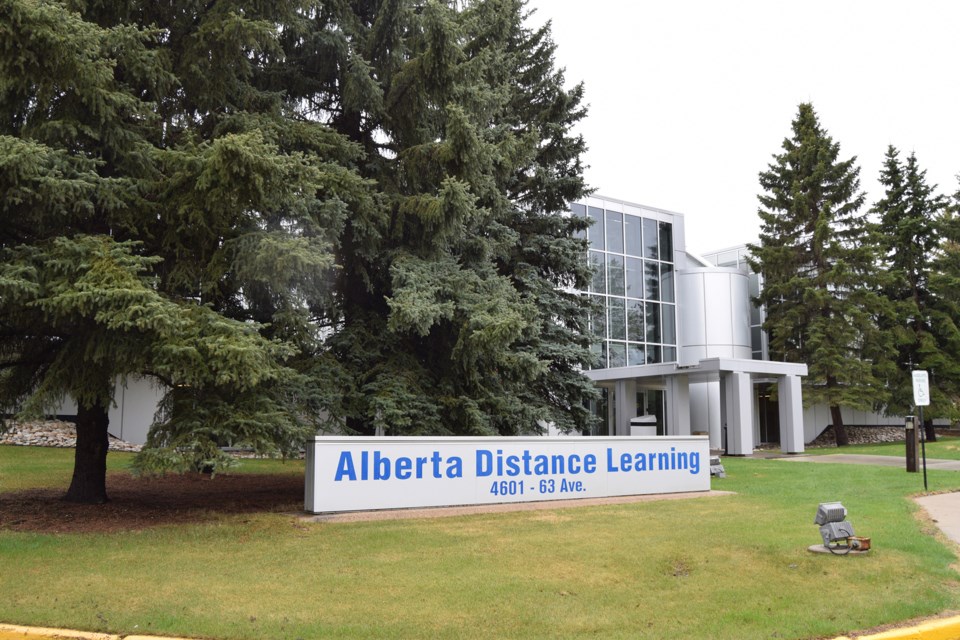BARRHEAD - Is the former Alberta Distance Learning Centre (ADLC) building suitable for a joint-Barrhead municipality civic/municipal centre?
It is the question town and county councillors are hoping to find an answer to, and thanks to a recent decision by county council, they may be one step closer.
On June 20, County of Barrhead councillors awarded the feasibility study contract to Next Architecture Inc. for up to a maximum of $146,750, not including GST. Council also authorized the county manager in a separate motion to negotiate and refine the project's scope with Next Architecture Inc. in consultation with the town's CAO.
As converting the old ADLC building into a civic/municipal centre is a joint project, the Town of Barrhead councillors must also approve the contract, which they are expected to do on June 27.
Since the ADLC ceased operation in June 2021, the provincially-owned building, which opened in 1984, has sat mostly vacant, with only one permanent tenant, the Ministry of Education. In addition to the print shop operating in the basement, there are also curriculum department employees working on the main floor.
But county manager Debbie Oyarzun noted that once the renos are complete, the print shop will remain the facility's only tenant.
During 2023 budget deliberations, the county started investigating the possibility of re-purposing the building. In October 2022, the municipalities entered into Intermunicipal Collaboration Framework (ICF) discussions with the town about potential joint uses for the ADLC building.
A month later, the municipalities jointly applied for an Alberta Community Partnership (ACP) grant of $147,570, which they received this April, to fund a formal study to determine if it is economically feasible to re-purpose the over 76,000-square-foot facility.
It's worth noting that although it is a joint-municipal project, the county is the lead.
Oyarzun said the county posted a tender to conduct the feasibility study on the Alberta Purchasing Connection (APC) and the Barrhead municipalities' websites and received 60 expressions of interest; however, only six completed the process and met all the county's criteria.
Prices ranged from $99,608 to $128,860.
Each CAO then ranked the submissions based on a jointly-agreed-upon criteria, including yardsticks such as corporate profile, the experience of the company and the team they would assign to the project, references, schedule for completion and price.
"Project understanding and methodology, to me, is always the most important. How well can they articulate what they think and will do," Oyarzun said.
Next Architecture Inc., which submitted a tender of $106,960, came out as the top-ranked firm.
"The scoring, especially for the Top 3, was very close. What put Next Architecture on top was its diverse, experienced team and was able to articulate a deeper understanding of municipal projects," she said. "They also spoke about the efficient and effective utilization of space and identified those opportunities to invite other community members and to identify the costs for re-purposing the facility."
One of the missing items from all the submissions, Oyarzun said, was an engagement component.
However, as there are still monies left over from the grant, she said, it will allow the municipalities to add to the scope of the study and potentially include such items as an energy-efficiency audit.



